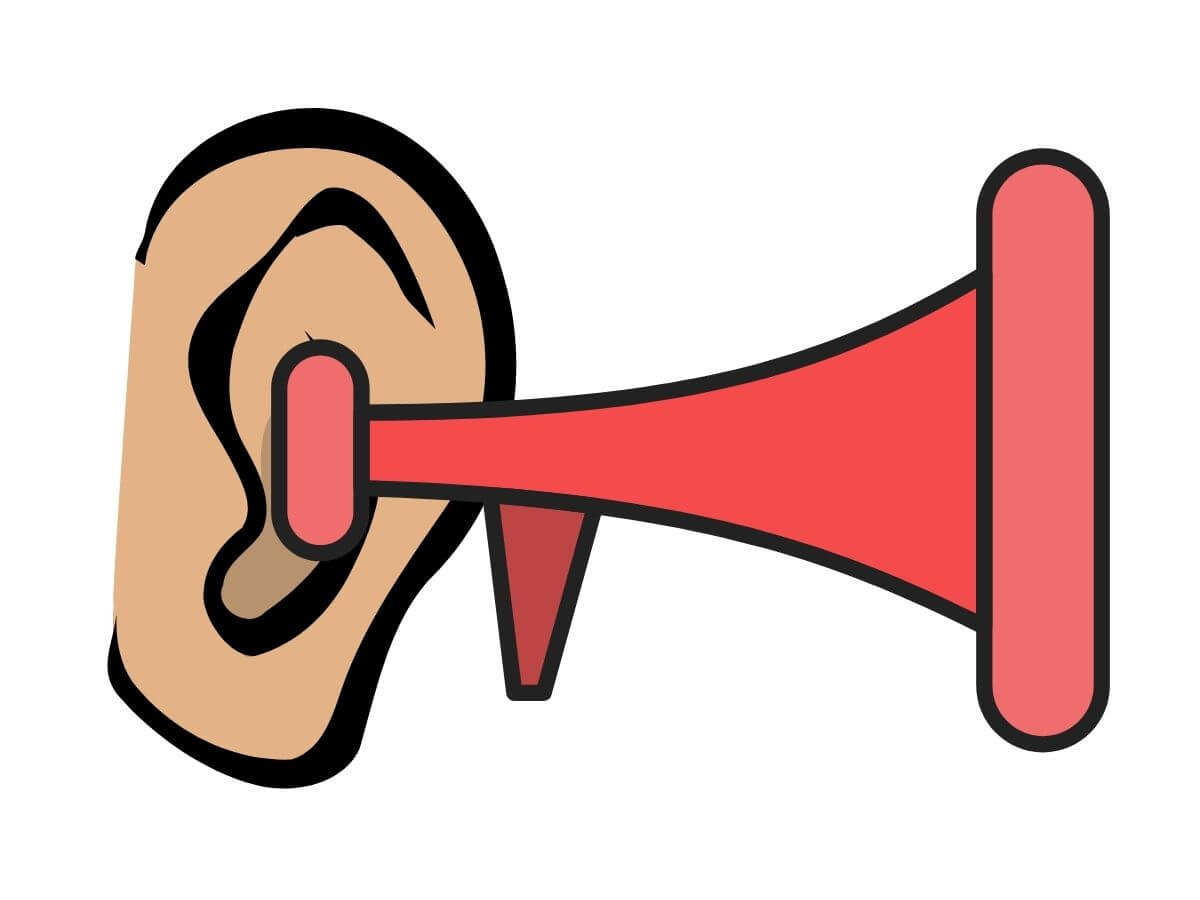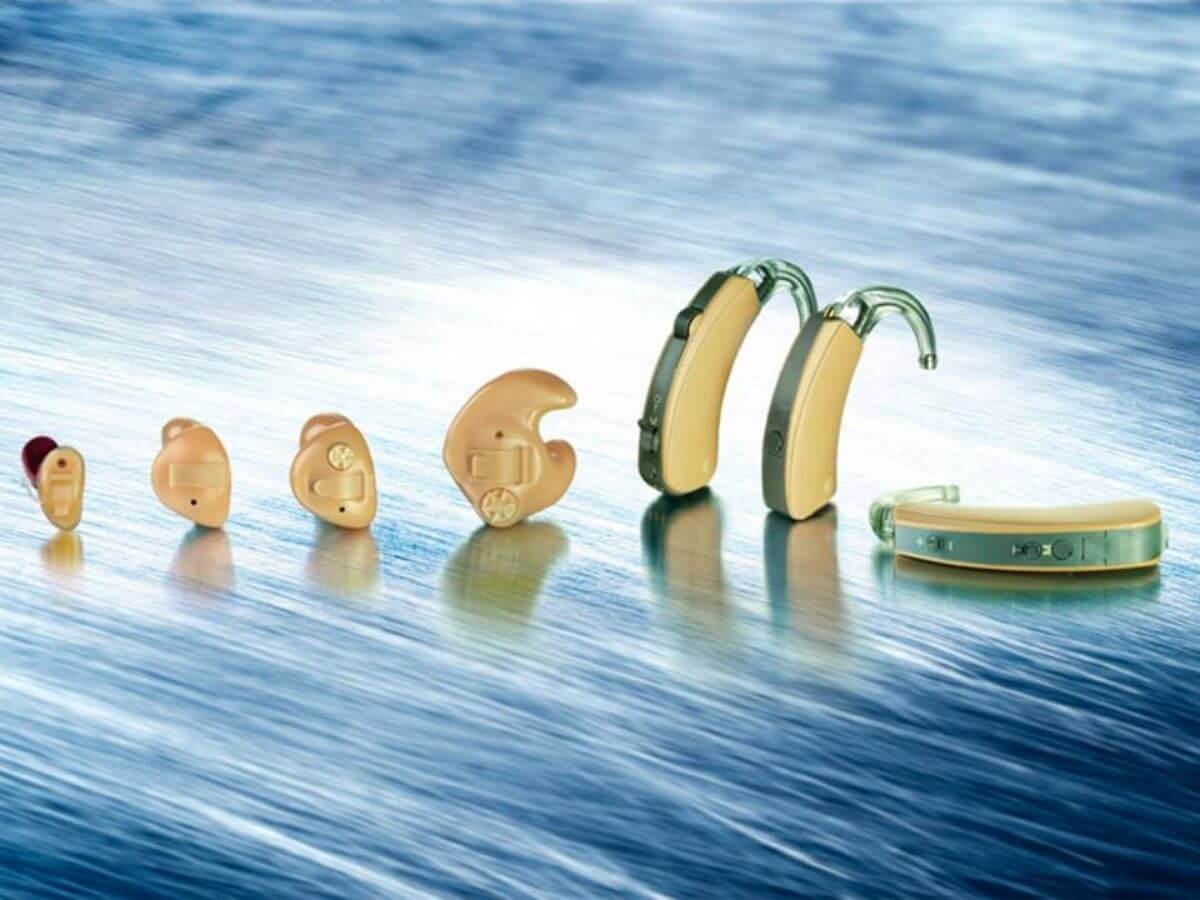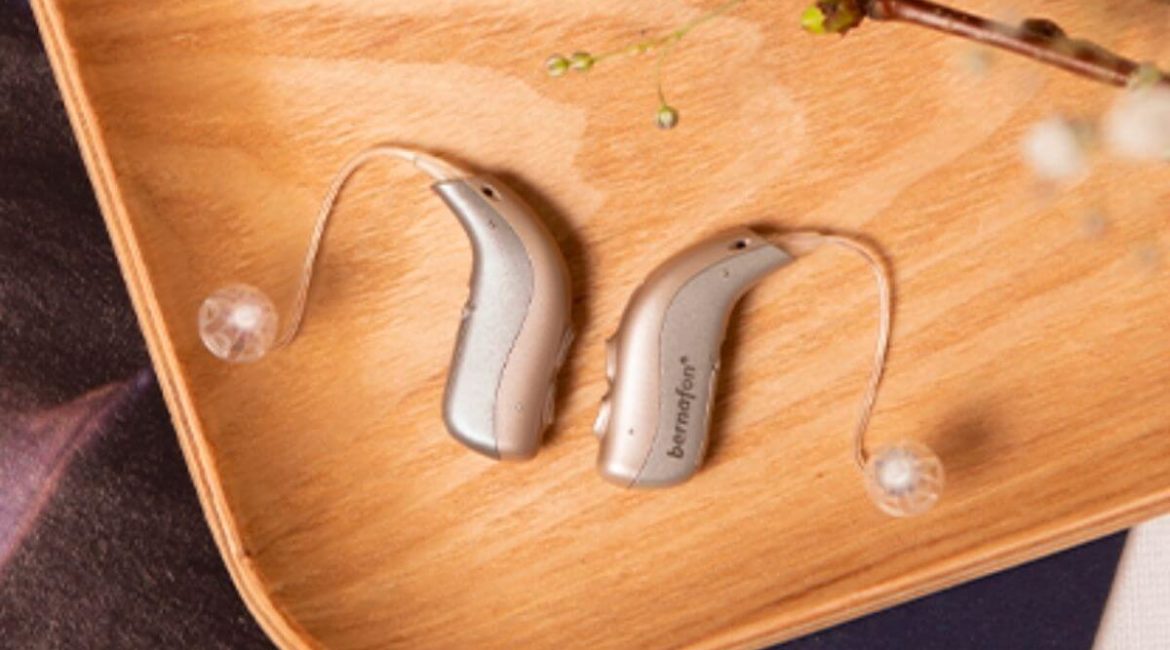Image via facebook.com
There is no getting around it: hearing aids are expensive. Depending on the number of features, the hearing aids cost may be anywhere from a little under $800 to more than $6,000 per gadget.
The level of hearing aid technology and features are the most important factors that influence the pricing. As with other consumer products, technical sophistication decreases in price over time, and the hearing aid industry is no exception.
While hearing aid pricing has stayed stable in general, the technology available for the money is significantly better now. What was previously thought to be cutting-edge technology is now considered standard.
All hearing aid manufacturers attempt to provide products that fulfil the demands of patients as well as their financial constraints. Almost every product line has numerous performance levels or pricing ranges to do this.
The highest level will have all of the most cutting-edge technologies, such as superior background noise reduction circuitry and wireless capability. As the price drops, lower performance tiers will have fewer and fewer complex features.
Parts Of Hearing Aid Devices

It may come as a surprise that the fundamentals have not changed in hundreds of years. First, let us take a look at the ear trumpet.
Overall, the ear trumpet was a reasonable solution to hearing loss in those days. How did it turn out?
It waves of sound were recorded. Then the sound waves were amplified by making them more ordered and focused and the sound waves were magnified and funnelled into your ear canal.
Finally, the increased sound waves then made their way to the eardrum, inner ear and beyond, where they were heard.
What does that mean in terms of today’s hearing aids? Hearing aids work by following the same principles.
Today’s hearing aid, like the ear trumpet, the sound waves are collected. Then the sound waves are amplified and the sound is amplified and funnelled into your ear canal.
Finally, the increased sound waves then go to your eardrum in the middle ear and beyond, where you hear.
Hearing aids function by amplifying and altering the signals it receives to reproduce sounds. A microphone, an amplifier, and a speaker are the three main components of a hearing aid.
Styles Of Hearing Aid Devices
A microphone that picks up sound, amplifier circuitry that makes the sound louder, a small loudspeaker that is the receiver that transmits the amplified sound into the ear canal, and batteries that power the electronic pieces are all found in most hearing aids.
Hearing aids differ in the following ways:
- Amplification was achieved by a combination of design technologies (i.e., analog hearing aids vs. digital hearing aids).
- Essential features.
- Earmolds or earpieces are included with certain hearing aids to guide sound into the ear and improve sound quality. Hearing aids are chosen depending on the kind and severity of hearing loss, as well as listening demands and lifestyle.
Thanks to developments in technology and the shrinking of internal components, hearing aids are now available in a wide range of sizes and shapes. Many hearing aids on the market now are considered sleek, small, and inventive, and they cater to a wide spectrum of hearing aid users.

Image via facebook.com
There are 6 types of hearing aids in Singapore for you.
- Behind-The-Ear (BTE)
- Receiver-In-The-Ear (RITE)/ Receiver-In-The-Canal (RIC)
- In-The-Ear (ITE)
- In-The-Canal (ITC)
- Completely-In-Canal (CIC)
- Invisible-In-Canal (IIC)
Before You Buy A Hearing Aid
According to the Hearing Review, it takes an average of seven years for persons with hearing loss to seek aid. That is a lot of omitted jokes, crucial data in business meetings, heartfelt words from a loved one, cherry bird tunes, and grandchildren’ laughing.
Hearing aids will certainly enhance not just your capacity to communicate, but also your overall health. Hearing aids have been related to a lower incidence of cognitive decline as well as other health advantages.
Hearing aids, on the other hand, are a big investment, here are the 5 tips you need to know before buying a new hearing aid.
Hearing screening
A complete hearing exam and evaluation from a trained hearing healthcare practitioner is the first step. Hearing evaluations are simple and painless.
Hearing exams are usually covered by most insurance carriers as well.
Study the types of hearing aids
Hearing aids come in four different types, each with its own set of advantages. Hearing aids are classified as invisible-in-canal (IIC), in-the-ear canal (ITC), in-the-ear (ITE), and behind-the-ear (BTE).
The first gadget, the IIC, is so tiny that it is hidden inside the ear canal. The ITC and ITE hearing aids lie within your outer ear and provide extra functionality because they are larger.
BTE hearing aids are the most well-known, as they fit behind the ear and have a tube that goes over the top. A microphone is put into the ear canal at the end of the tube.
Each type has its own set of advantages, which an audiologist may go through with you.
Keep expectations that are realistic
Many hearing healthcare specialists believe that knowing that while today’s hearing aids have incredible technological capabilities, they still cannot replicate natural hearing is one of the most crucial components in their patients’ success.
Even persons with normal hearing have trouble hearing every word clearly in extremely noisy surroundings, and you may have some difficulties even with the greatest hearing aids. Additionally, getting acclimated to hearing aids takes time.
You could even despise wearing hearing aids at first, but you will come to appreciate them with time.
Find the most appropriate audiologist
Purchasing hearing aids is not like purchasing any other consumer item. These are very advanced medical gadgets that need the assistance of a physician with counselling and fitting experience.
It is crucial to have a solid working connection with your supplier, so make sure you are comfortable with them and have a good rapport with them. Look for a practice with hours that are convenient for you so that you can quickly schedule follow-up appointments.
An open mind is essential
Be prepared to have your previous assumptions regarding hearing loss or the best hearing aids for you questioned. Hearing aids have gone a long way technologically in recent decades, and you might be surprised by the wide range of functions and appealing forms presently available.
Because of the severity or kind of your hearing loss, you may only be able to use particular equipment. Trust the procedure and your hearing care professional’s advice.
Do not make the mistake of assuming you will want the smallest or cheapest choice.
Get Your Hearing Aid Devices At J Glasses
For a person with a hearing impairment, finding the right hearing aid equipment is a critical investment. Aside from the price of the hearing aids, you should think about the level of aftercare you will receive.
We at J Glasses & Hearing know that the knowledge, attention, and guidance you get are just as important as your hearing aids. Essentially, you may hire one of our hearing specialists to help you go through the many hearing aids and discover the one that best suits your needs.
Learn more about our hearing aids in Singapore and schedule a hearing test by calling or visiting our store.

